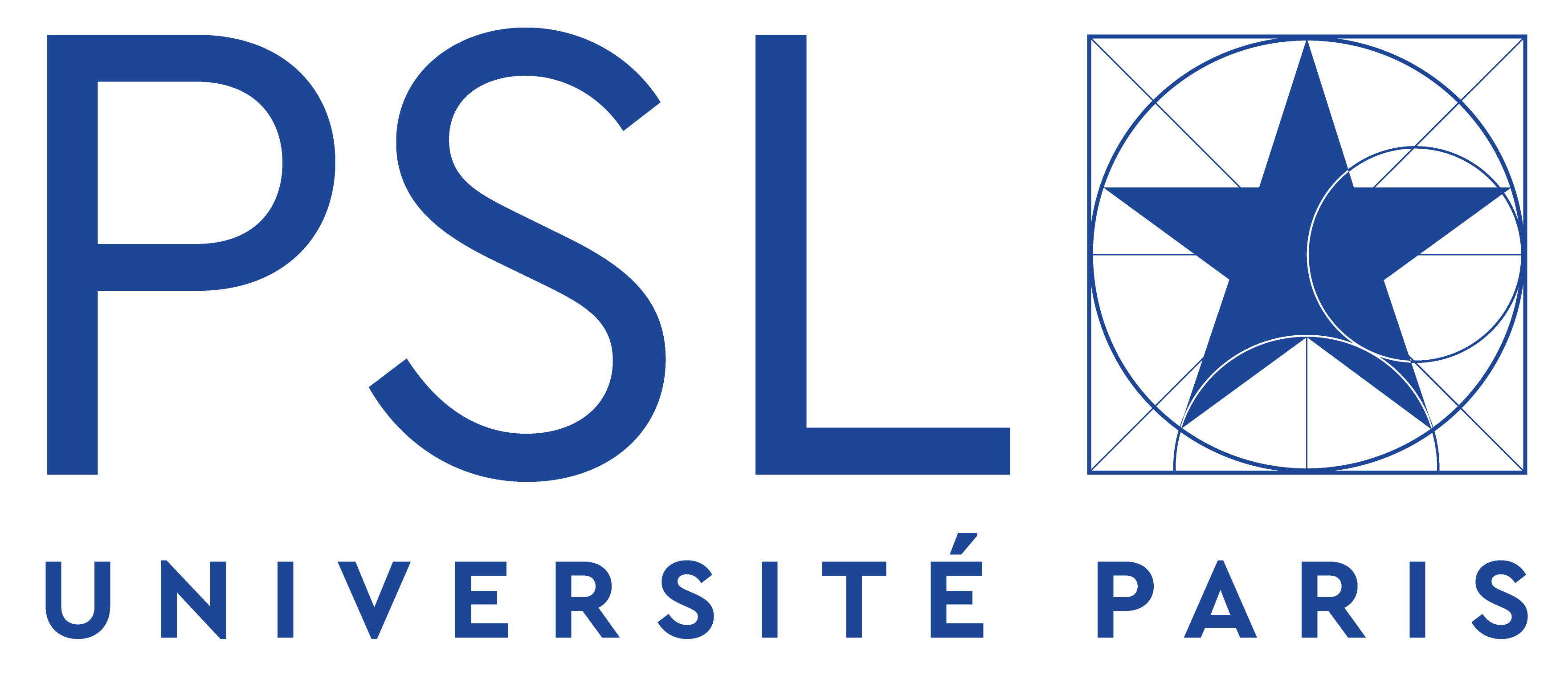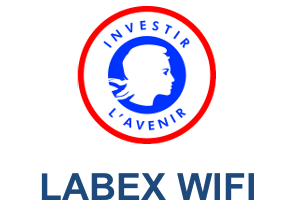Systèmes quantiques complexes
La présence d’un potentiel désordonné peut engendrer la localisation des ondes quantiques de matière, connue sous le nom de localisation d’Anderson. La détermination précise du seuil de mobilité entre états localisés et délocalisés, ainsi que des exposants critiques associés, en fonction de la dimension et de la nature du désordre demeure un défi majeur non résolu de la physique, à la fois théorique et expérimental. Nous avons démontré récemment que le seuil de percolation du paysage de localisation correspondait à la position de ce seuil de mobilité. Nous collaborons avec l’équipe d’Alain Aspect à l’IOGS pour aboutir à une compréhension complète de ce phénomène dans des systèmes d’atomes froids, notamment dans les désordres corrélés réalisés dans des speckles de laser [1].
Concernant les ondes lumineuses, nous nous sommes principalement intéressés au cours des dernières années au contrôle de la propagation d’ondes classiques. Cependant, le caractère quantique d’une onde peut fortement altérer sa propagation. Ainsi, lorsque les photons occupent des états de Fock, comprimés ou intriqués, le taux de coïncidence à deux photons peut présenter des corrélations qui ne peuvent s’expliquer dans un formalisme classique. Très récemment, en collaboration avec l’équipe de Yaron Bromberg (Racah Institute of Physics, Israël), nous avons démontré l’existence d’une corrélation entre photons intriqués qui se maintient dans un milieu multiplement diffusant, malgré la dynamique du milieu [2]. Cet effet est l’analogue quantique du célèbre cône de rétrodiffusion cohérente.

Figure 1 Mesure du taux de coïncidence de photons intriqués réfléchis par un milieu diffusant, en fonction de l’angle de collection.









